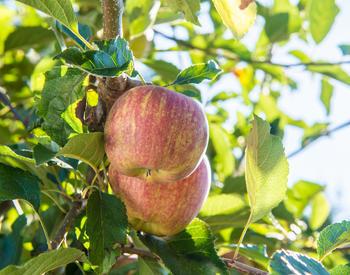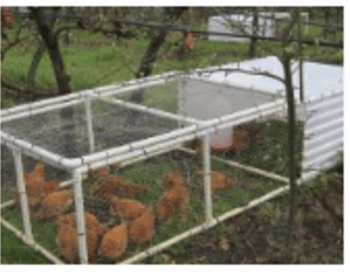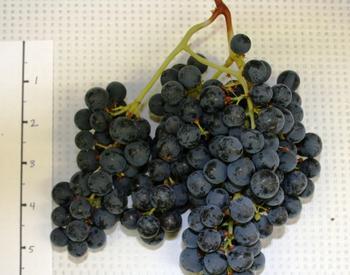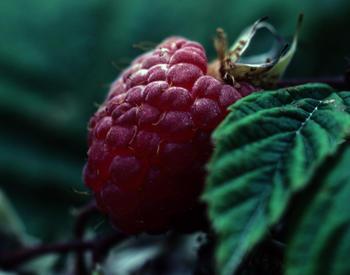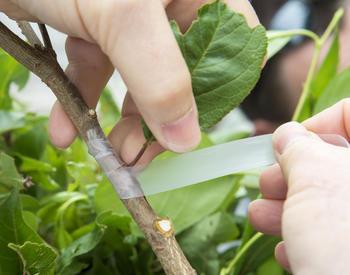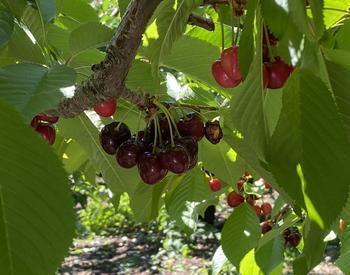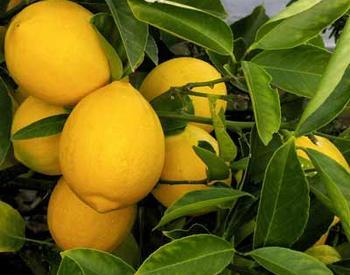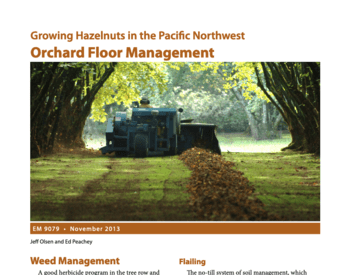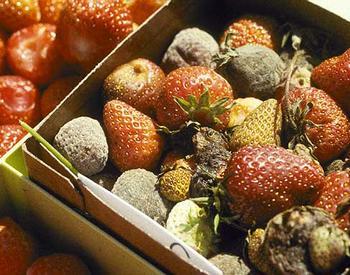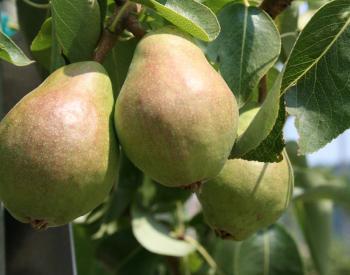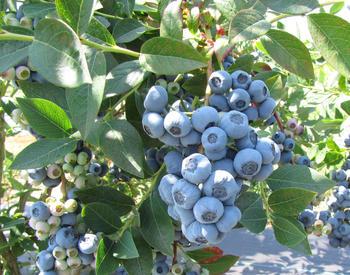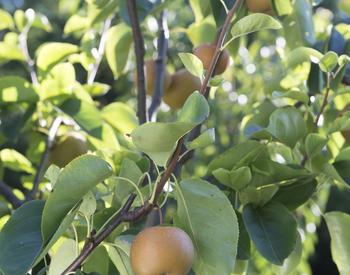CORVALLIS, Ore. – Late winter, just before spring when trees are dormant is the best time to prune an apple tree. The worst of the cold weather is past, so you won't be subjecting the fresh cuts to severe icing but you'll still be able to influence the tree's spring growth.
There are several main objectives to pruning an apple tree, said Nicole Sanchez, Oregon State University Extension Service horticulturist:
- Controlling the height of the tree, so that most of the fruit doesn't grow out of reach.
- Developing good limb structure for strength, fruit production and the general health of the tree.
- Encouraging a plentiful supply of new limbs, which will begin to bear fruit their second year.
- Ridding the tree of damaged or diseased growth.
- Opening the canopy for good airflow to help prevent disease.
- Encouraging new growth in order to produce the spurs where most of apples are produced. Keeping older wood off makes for more vigorous fruit production.
The overall size of the tree depends primarily on its rootstock and innate vigor. Most apple trees are grafted onto dwarf or semi-dwarf rootstock. This ensures the fruiting stock will not begin to produce its own roots and the tree will keep its dwarf or semi-dwarf height. Pruning when the tree is young gives the most control over its size.
As time goes by, you'll want to monitor the height of your tree to ensure it doesn't outgrow the spot you've chosen for it or get too high to pick the fruit. Once it's as tall as you want it, prune the central "leader," the main upright limb, back to a lateral branch. Then keep monitoring the height year by year.
"Don't expect a new young tree to start bearing well until probably its fourth or fifth year," Sanchez said. "In the long run, the tree will do better to put its energy into root and limb growth rather than fruit for those first few years. So, concentrate your pruning to produce a strong tree during that period."
Pruning methods
The ideal angle between the central leader and lateral branches is about 60 degrees. Inspect your tree for limbs that branch from the central leader either too sharply upward, forming an acute angle, or at too wide an angle. Acute angles tend to trap bark as they grow and can lead to splitting later on. Branches that grow at too great an angle from the vertical tend to be weaker. They also encourage "water sprouts," the unproductive upright shoots that need to be pruned off mid-summer every year.
In general, encourage branches to grow toward the outside of the tree and eliminate those that grow toward the center or cross other branches. You want air and light to penetrate the foliage to the center of the tree as much as possible. A thick canopy allows fungi and bacteria to get trapped and for disease to get started. Light penetration helps with fruit ripening as well.
"Different kinds of apple trees have different ways of setting fruit buds," Sanchez said. "Most modern apples are spur-bearing. Many older varieties are tip-bearing. This is obviously very important for how we prune the tree so as not to cut off the fruiting wood. If you're in doubt, as long as you know the name of your tree you can ask at your local nursery or look it up in a good garden book or on the Internet."
You'll want to prune off older branches that have begun to produce less in order to encourage new ones.
Once your tree has matured and begins to produce fruit, expect new branches to bear their best for several years (perhaps three to five years) and then taper off. You'll want to prune off older branches that have begun to produce less in order to encourage new ones. This practice will help you have a more-or-less steady crop over a period of years.
Tie flagging tape around ones that aren’t bearing well and wait till winter to prune it when it’s a better time to cut off larger branches.
Summer is a good time to remove older branches because it’s obvious which branches are producing best, and which should be pruned. Summer pruning also allows you to get rid of branches that are showing signs of damage or disease. Prune those off as soon as you spot signs of decline.
Learn more about how and why to prune fruit trees in the OSU Extension Service video series Pruning with the Pros. Also, check out "Pruning to Restore an Old, Neglected Apple Tree" and "Training and Pruning Your Home Orchard."
